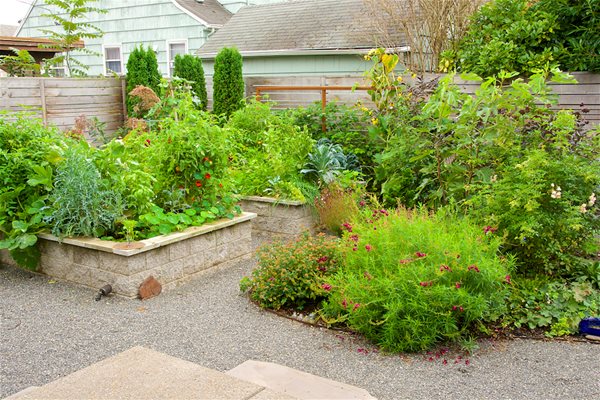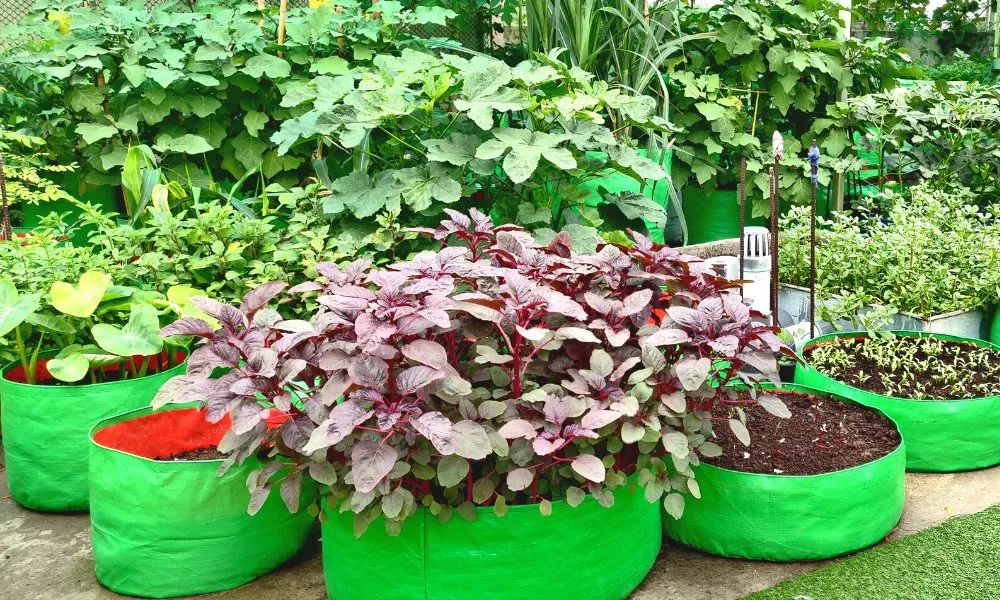Creating a pollinator-friendly garden is a wonderful way to contribute to the environment while enjoying a beautiful and vibrant outdoor space. Pollinators like bees, butterflies, and hummingbirds play a crucial role in pollination, which is essential for the growth of many plants, including fruits, vegetables, and flowers. With the decline of pollinator populations due to habitat loss, pesticides, and climate change, establishing a pollinator-friendly garden at home can make a positive impact. Here’s a detailed guide to help you grow your own pollinator haven.
Why Pollinator Gardens Matter
Pollinators are vital to maintaining biodiversity and food production. They transfer pollen between flowers, enabling plants to produce fruits and seeds. Without them, many plants would struggle to reproduce, affecting entire ecosystems. Unfortunately, pollinator populations are under threat. By creating a pollinator-friendly garden, you’re offering them a safe space to feed, rest, and thrive, while also contributing to the health of the environment.
Choosing the Right Plants
The foundation of any pollinator-friendly garden is the selection of plants. It’s important to choose a variety of plants that provide nectar and pollen throughout the growing season. Native plants are particularly effective because they are well adapted to the local climate and soil, making them easier to grow while offering the right resources for local pollinators.
Some excellent choices for pollinator-friendly plants include:
- Milkweed: A favorite of monarch butterflies, milkweed provides a crucial food source for both adult butterflies and their caterpillars.
- Lavender: Bees and butterflies are particularly attracted to lavender, and its fragrant flowers offer a steady source of nectar.
- Echinacea (Coneflower): These bright blooms attract a wide variety of pollinators and are hardy in most climates.
- Bee Balm: True to its name, bee balm is loved by bees, butterflies, and hummingbirds alike.
It’s essential to have a diversity of plants that bloom at different times to provide food throughout the year. Incorporating flowering shrubs, perennials, and annuals can ensure that your garden offers a continuous supply of nectar and pollen.

Avoiding Pesticides
One of the most important rules of a pollinator-friendly garden is avoiding the use of chemical pesticides. Pesticides can be harmful, and in many cases, fatal to pollinators. Instead, opt for organic gardening methods, such as using natural predators like ladybugs to control pests or employing companion planting techniques to deter harmful insects.
For example, planting marigolds near vegetables can help repel pests without the need for chemicals. Additionally, leaving parts of your garden wild, with leaf litter and deadwood, can attract beneficial insects that naturally control pests.
Creating Shelter and Water Sources
Pollinators not only need food but also require shelter and water. Adding specific features to your garden can create a more inviting environment for them.
- Shelter: Pollinators such as bees need places to nest and rest. Consider installing bee houses or leaving some bare soil for ground-nesting bees. Planting dense shrubs can also provide safe resting spots for butterflies and hummingbirds.
- Water: A shallow water source is essential for many pollinators. You can create a simple pollinator-friendly water station by filling a shallow dish with water and adding a few stones for insects to land on. Make sure to keep the water fresh to avoid attracting mosquitoes.
Designing for Diversity
In addition to choosing diverse plants, it’s important to create a garden with different textures, colors, and heights. Pollinators are drawn to gardens with a variety of plants that offer different shapes and sizes of flowers. By planting in clusters, you make it easier for pollinators to find food and navigate the garden.
For example, planting groups of the same species together rather than scattering them around helps pollinators move efficiently from plant to plant. Choose flowers with vibrant colors like purples, blues, and yellows, as these are particularly attractive to bees and butterflies.
Supporting Pollinators Year-Round
Pollinator-friendly gardens are not just for the summer months. Many pollinators, such as bees, are active well into the fall. To support them year-round, consider planting late-blooming flowers like asters and goldenrod. Additionally, leaving plant stalks and seed heads standing over the winter can provide shelter and food for pollinators during the colder months.
Educating Others About Pollinators
Your garden can also serve as a learning opportunity for neighbors and friends. By sharing the importance of pollinator gardens and how easy they are to maintain, you can encourage others to take action. Installing small signs in your garden that highlight which plants support pollinators can also help spread awareness about the vital role pollinators play in our ecosystem.
Conclusion
Creating a pollinator-friendly garden at home is a rewarding way to support the environment and enjoy the beauty of nature. By choosing the right plants, avoiding pesticides, providing shelter and water, and designing for diversity, you can create a thriving habitat for bees, butterflies, and other pollinators. This small step can contribute to a healthier ecosystem, ensuring that pollinators continue to play their essential role in our world.

